What is Game Development | Best Programming Languages
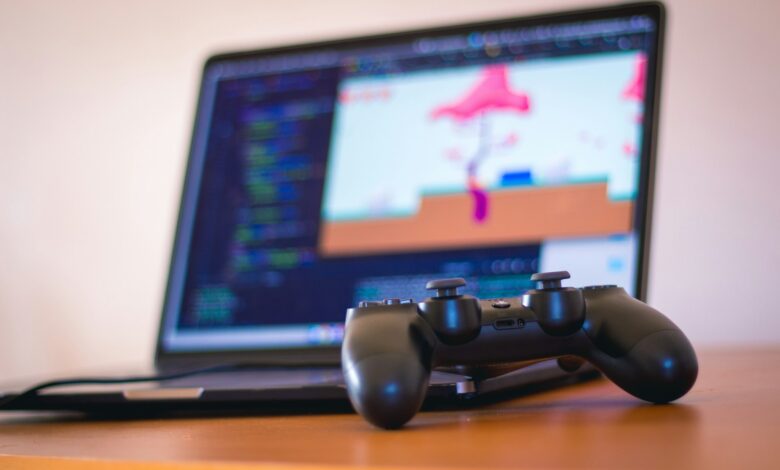
What makes a game unforgettable? Is it the pulse-pounding action, the stunning visuals, or the intricate mechanics that keep players hooked for hours? At the heart of it all lies Game Development, the intricate process of designing, coding, and breathing life into interactive experiences. It’s where creativity meets technology, fueled by the power of top-tier programming languages like C++, Python, and more. This fascinating craft transforms ideas into immersive worlds, shaping how we play, connect, and escape. Curious to uncover how it all works and which tools are leading the charge? Step into the world of Game Development and explore its limitless potential.
Table of Contents
What is Game Development?

Game Development is the dynamic process of designing, programming, and producing interactive digital experiences that captivate audiences worldwide. It’s a multifaceted discipline combining technical expertise and creative ingenuity to build virtual worlds, engaging mechanics, and compelling narratives. Spanning various platforms like consoles, PCs, and mobile devices, Game Development involves a collaborative effort between programmers, artists, sound designers, and writers.
From coding seamless gameplay systems to crafting immersive environments, every aspect of Game Development works in harmony to deliver unforgettable experiences. It leverages advanced tools and cutting-edge technologies, pushing the boundaries of interactivity and storytelling. Ultimately, Game Development transforms imaginative ideas into playable realities, reshaping how players connect, explore, and enjoy digital entertainment.
Best Programming Languages for Game Development
1. C++

C++ is a high-performance, multi-paradigm programming language renowned for its power and versatility, making it a cornerstone of Game Development. Known for its speed and efficiency, C++ provides developers with granular control over system resources and memory management, which is crucial for creating complex, resource-intensive games. This ability to optimize performance allows C++ to be used in game engines like Unreal Engine, where speed and real-time interaction are paramount.
In Game Development, C++ is often the language of choice for AAA titles and applications requiring heavy computational power, such as 3D rendering, physics simulations, and AI behavior. Its extensive libraries and frameworks also make it ideal for cross-platform development. Though it has a steeper learning curve compared to other languages, C++ remains an essential tool for developers aiming to push the boundaries of what games can achieve.
2. C#
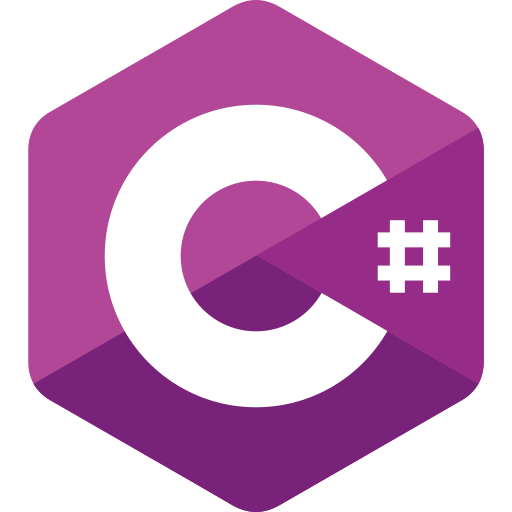
C# is a versatile, object-oriented programming language that has become a favorite in the world of Game Development, especially for developers using the Unity game engine. With its straightforward syntax and robust framework, C# enables rapid development of both 2D and 3D games, offering a powerful yet approachable tool for creating complex gameplay mechanics and interactive environments.
In Game Development, C# is prized for its ease of use, making it accessible to both beginner and experienced developers. It facilitates faster iteration, thanks to Unity’s integrated development environment (IDE), which supports quick prototyping and testing. Furthermore, C# provides excellent support for object-oriented principles, enabling cleaner, more maintainable code. Whether building mobile games, virtual reality experiences, or console titles, C# continues to be a go-to language for developers looking to streamline their workflow and craft engaging, high-quality games.
3. Python
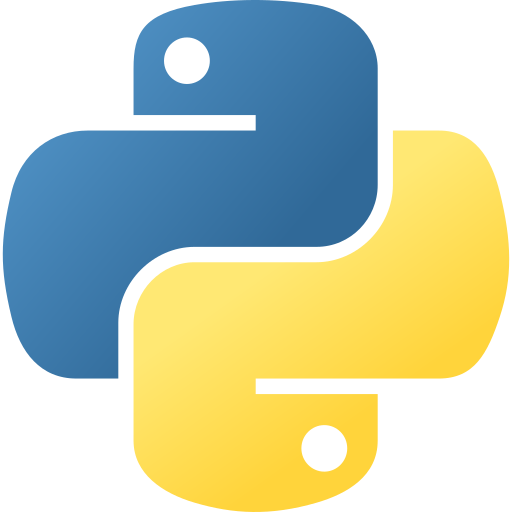
Python is a versatile, high-level programming language renowned for its simplicity and readability, making it an excellent choice for Game Development. Although it may not offer the raw performance of languages like C++ or C#, Python shines in areas such as rapid prototyping and scripting. It allows developers to quickly iterate on ideas, test mechanics, and build game features with minimal overhead.
In Game Development, Python is often used for smaller, 2D games, as well as for scripting and automating tasks within larger projects. Frameworks like Pygame make it easy to design interactive experiences, while Python’s extensive library support streamlines the development of tools and utilities. While it might not be the first choice for AAA titles, Python is invaluable for indie developers and those looking to accelerate the development process without sacrificing creativity.
4. JavaScript

JavaScript is a dynamic, high-level programming language primarily used for building interactive, browser-based applications, making it a powerful tool in Game Development for web games. Known for its versatility, JavaScript enables developers to create engaging experiences that run seamlessly across different platforms, from desktop to mobile browsers. Its ability to integrate with HTML5 and CSS3 allows for the development of immersive 2D and 3D games directly within web environments.
In Game Development, JavaScript is often paired with frameworks like Phaser or Three.js to streamline the creation of interactive games, animations, and simulations. It also plays a key role in multiplayer games and online functionality, handling server-client communication and dynamic content. With the rise of web-based gaming, JavaScript continues to be an essential language, enabling developers to craft games that are easily accessible without requiring players to install heavy software.
5. Lua
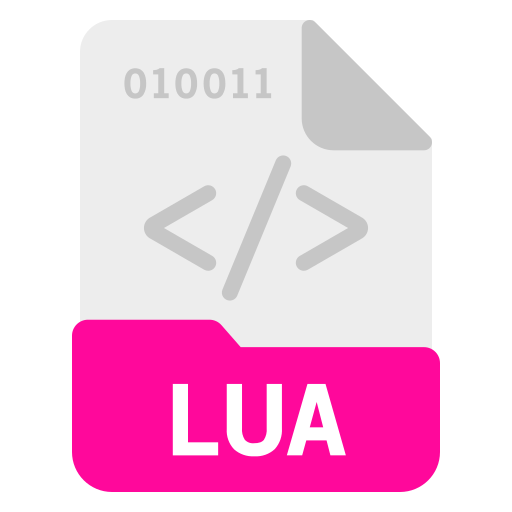
Lua is a lightweight, high-performance scripting language that has gained prominence in Game Development due to its simplicity and flexibility. With a minimalistic design and fast execution, Lua is often embedded within larger game engines to handle game logic, AI behavior, and dynamic content. Its ease of integration with C++ makes it a popular choice for developers looking to enhance performance while maintaining flexibility in their code.
In Game Development, Lua is commonly used in popular engines like Love2D and Corona SDK, where it powers everything from character movement to in-game events. Its simple syntax allows developers to quickly write and modify scripts without disrupting the flow of the main game engine. As a result, Lua is a favorite for both indie and larger studios aiming to create efficient, customizable gameplay experiences.
6. Rust and Go
Rust and Go are emerging languages that are making waves in Game Development due to their speed, reliability, and modern features. Rust, with its emphasis on memory safety and concurrency, allows developers to build high-performance games without worrying about common bugs like memory leaks or data races. Its strong type system and zero-cost abstractions make it ideal for performance-critical applications, such as game engines or networked multiplayer games.
Go, on the other hand, shines in handling scalability and concurrency, which makes it a great option for server-side game logic, online services, and real-time multiplayer systems. While Rust is more suited for graphics-heavy, performance-sensitive games, Go excels in managing backend infrastructure for large-scale online games. Both languages are increasingly seen as valuable tools in Game Development, offering new possibilities for developers looking to innovate and optimize their games.
At its core, Game Development is the art of transforming ideas into interactive worlds that captivate and challenge players.
Game Development Process
1. Pre-Production
Pre-production is the critical phase in Game Development where the foundation for a successful game is laid. During this stage, developers, designers, and storytellers come together to define the core concepts, gameplay mechanics, and overall vision. This is the time for brainstorming, sketching, and planning, where ideas are refined and potential challenges are identified.
A key element of pre-production is the creation of a Game Development roadmap, which outlines the project’s scope, milestones, and timelines. It’s a collaborative effort that involves prototyping, developing initial assets, and fine-tuning the game’s core loop. A well-executed pre-production phase minimizes risks and ensures the project stays on course. Whether crafting a simple indie title or a complex AAA game, pre-production sets the stage for a smooth, efficient development process.
2. Production
Production is the heart of Game Development, where ideas evolve into fully functional, polished experiences. During this phase, the game’s core features are implemented, including coding, art creation, sound design, and level building. Developers write the final scripts, artists create textures and environments, and animators bring characters to life. Every detail is meticulously crafted, ensuring that gameplay mechanics align with the initial vision.
In Game Development, production requires constant collaboration and iteration. Teams work in parallel, addressing bugs, optimizing performance, and refining the user experience. The production phase also involves rigorous playtesting to ensure the game is engaging and free from critical issues. This stage is a balancing act, transforming prototypes into a complete, playable game, ready to captivate audiences and deliver the immersive experience that developers envision.
3. Post-Production
Post-production is the final stage in Game Development, where the game is polished, optimized, and prepared for release. This phase focuses on fine-tuning gameplay, fixing bugs, and ensuring everything runs smoothly. Developers refine the user interface, adjust balance issues, and improve performance, ensuring the game performs flawlessly across all platforms.
In Game Development, post-production is also where the game’s narrative and visual elements are given their final touches. Sound designers add the finishing audio effects, and artists make last-minute visual adjustments. The game undergoes rigorous playtesting to uncover hidden bugs or glitches that might disrupt the player experience. Additionally, marketing materials are developed, and the game is prepared for distribution. Post-production is the culmination of hard work, where the game is made ready for the world to enjoy, ensuring that every element is as engaging and seamless as possible.
Game Design
Game Design is the intricate art of crafting interactive experiences that captivate and challenge players. It is the blueprint that shapes everything from gameplay mechanics to user interface, storytelling, and world-building. At its core, Game Design is about creating a balanced and engaging experience that keeps players immersed and motivated. It involves designing levels, defining objectives, and implementing feedback loops that ensure players stay hooked.
In Game Development, game designers work closely with programmers, artists, and sound engineers to bring their vision to life, ensuring that all components work harmoniously together. This process requires a deep understanding of player psychology, as well as a keen eye for detail to ensure a seamless experience. Whether it’s a fast-paced action game or a strategic puzzle, Game Design is the foundation upon which a game’s success is built, influencing how players interact with the game world and how they feel while playing.
Worldbuilding
Worldbuilding is the intricate process of creating immersive, believable environments within Game Development. It’s not just about designing landscapes; it’s about crafting entire universes that players can explore, interact with, and lose themselves in. Every element, from geography and architecture to culture and history, plays a crucial role in shaping the player’s experience.
In Game Development, worldbuilding requires a balance of creativity and consistency, ensuring that each location feels unique yet integrated into the broader narrative. Designers and storytellers collaborate to build ecosystems, factions, and lore, layering depth into the world. A well-built world serves as the canvas for gameplay, driving exploration, conflict, and player engagement. Whether it’s a vast open world or a confined dungeon, worldbuilding breathes life into the game, making it feel tangible, vibrant, and, most importantly, unforgettable.
Pitching Games to Publishers
Pitching games to publishers is a critical phase in Game Development, where the vision of the developer meets the business acumen of the industry. A successful pitch is a blend of creativity and strategy, highlighting the unique aspects of the game while demonstrating its commercial viability. Developers must craft compelling narratives, showcase captivating gameplay, and offer a clear target audience to attract publishers’ attention.
In Game Development, the pitch must also include a well-thought-out production plan, detailing timelines, budget, and potential risks. Publishers seek projects with a strong potential for success, so understanding market trends and positioning is key. A polished prototype or demo can serve as the most persuasive tool, offering a tangible glimpse of the game’s potential. Ultimately, a well-executed pitch is about selling not just a game, but an opportunity for mutual growth and success.
In Game Development, every line of code and every creative decision is a step toward crafting a universe that players can lose themselves in.
Conclusion
In conclusion, Game Development is a multifaceted journey that requires creativity, technical skill, and collaboration. From the initial concept to the final product, every stage, from design and production to post-launch support, plays a crucial role in bringing a game to life. The evolving landscape of technology and player expectations continues to shape the industry, offering endless opportunities for innovation. Success in Game Development demands not only technical proficiency but also a deep understanding of player experience and market trends. Ultimately, it’s about creating engaging, immersive worlds that resonate with players, ensuring a lasting impact in the ever-expanding gaming universe.
Success in Game Development isn’t just about creating a game—it’s about creating an experience that resonates with players long after the screen goes dark.
FAQ on Game Development
- What is Game Development?
Game Development is the process of creating video games, involving stages like concept design, programming, art creation, sound design, testing, and production. It requires a mix of creativity and technical skills to bring an interactive experience to life. - What are the key stages in Game Development?
The key stages in Game Development include pre-production (conceptualization and planning), production (actual creation and programming), and post-production (testing, polishing, and release). Each phase plays a crucial role in the overall success of the game. - Which programming languages are best for Game Development?
Some of the best programming languages for Game Development include C++, C#, Python, JavaScript, and Lua. Each has its strengths depending on the type of game being developed, the platform, and performance needs. - What skills are needed for a career in Game Development?
A career in Game Development typically requires skills in programming, problem-solving, 3D modeling, animation, game design, and project management. Familiarity with game engines like Unity or Unreal Engine is also valuable. - How long does it take to develop a game?
The time it takes to develop a game can vary greatly, depending on the complexity and scale of the project. Small indie games may take several months, while large AAA titles can take years of development. - How do you pitch a game to a publisher?
Pitching a game to a publisher involves presenting a compelling concept, a working prototype or demo, and a clear plan for the game’s production and marketability. Understanding the publisher’s portfolio and aligning your game with their interests is key to securing support. - What tools are used in Game Development?
Developers use a variety of tools in Game Development, including game engines like Unity and Unreal Engine, coding environments, graphic design software like Adobe Photoshop, and sound editing tools. These tools help streamline the creation of games across multiple platforms. - What is the difference between Game Development and game design?
Game Development encompasses the entire process of creating a game, including coding, artwork, sound, and testing. Game design, on the other hand, focuses on the conceptualization of gameplay mechanics, story, and player experience. Both are essential, but game design is a part of the broader Game Development process.

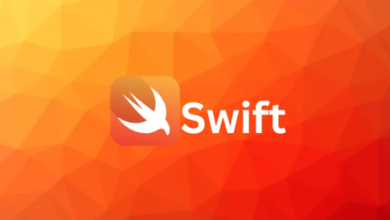
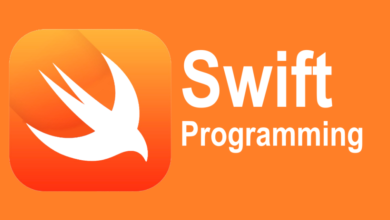


Çamlık su kaçak tespiti Başakşehir’deki su kaçağı tespiti hizmetlerinden çok memnun kaldım. Kesinlikle tavsiye ederim. https://twittx.live/ustaelektrikci
мостбет зеркало http://mostbet17.com.kg .
1 win kg http://www.1win38.com.kg .
1 вин http://1win39.com.kg .
сайт 1win официальный сайт вход http://1win40.com.kg/ .
ванвин 1win35.com.kg .
1win rossvya https://1win33.com.kg/ .
1 ван вин https://1win34.com.kg .
1 вин http://mostbet18.com.kg .
mostbet uzbekistan https://mostbet3016.ru/ .
mostbet uzbekistan mostbet uzbekistan .
Thank you for your sharing. I am worried that I lack creative ideas. It is your article that makes me full of hope. Thank you. But, I have a question, can you help me?
mostbet uz skachat kompyuter http://mostbet3019.ru/ .
мостбет uz http://mostbet3020.ru/ .
1win казино 1win казино .
1вин партнерка 1вин партнерка .
1win mexico 1win2.com.mx .
1вин кг http://www.1win37.com.kg .
мостбет кыргызстан http://mostbet20.com.kg/ .
1win.online https://www.1win46.com.kg .
мост бет https://mostbet19.com.kg/ .
1 win казино 1win100.com.kg .
1vin kg http://1win101.com.kg/ .
1win rossvya 1win rossvya .
1 win регистрация http://1win42.com.kg .
сайт 1win официальный сайт вход https://www.1win108.com.kg .
1win скачать http://www.1win102.com.kg .
1wi. https://www.svstrazh.forum24.ru/?1-18-0-00000135-000-0-0-1741169701 .
1win онлайн aktivnoe.forum24.ru/?1-8-0-00000252-000-0-0-1741169084 .
мостбет кыргызстан http://cah.forum24.ru/?1-13-0-00001559-000-0-0/ .
1win kg скачать http://cah.forum24.ru/?1-13-0-00001560-000-0-0-1741172791/ .
mostbet скачать на телефон бесплатно андроид http://www.chesskomi.borda.ru/?1-10-0-00000277-000-0-0-1741171219 .
1win.online https://aqvakr.forum24.ru/?1-3-0-00001121-000-0-0 .
1win. http://1win10.am/ .
ваучер 1win https://aktivnoe.forum24.ru/?1-8-0-00000254-000-0-0-1741273702 .
1win 1win109.com.kg .
1win.kg https://1win111.com.kg .
1 win.com https://www.1win110.com.kg .
1wi http://1win103.com.kg/ .
1win официальный сайт регистрация 1win официальный сайт регистрация .
1 вин 1 вин .
1win официальный сайт войти 1win официальный сайт войти .
1win casino http://1win4.com.mx/ .
1 win mexico 1win3.com.mx .
1 win casino https://www.1win5.com.mx .
мостбет скачать андроид http://mostbet34.com.kg .
1win зайти https://1win104.com.kg .